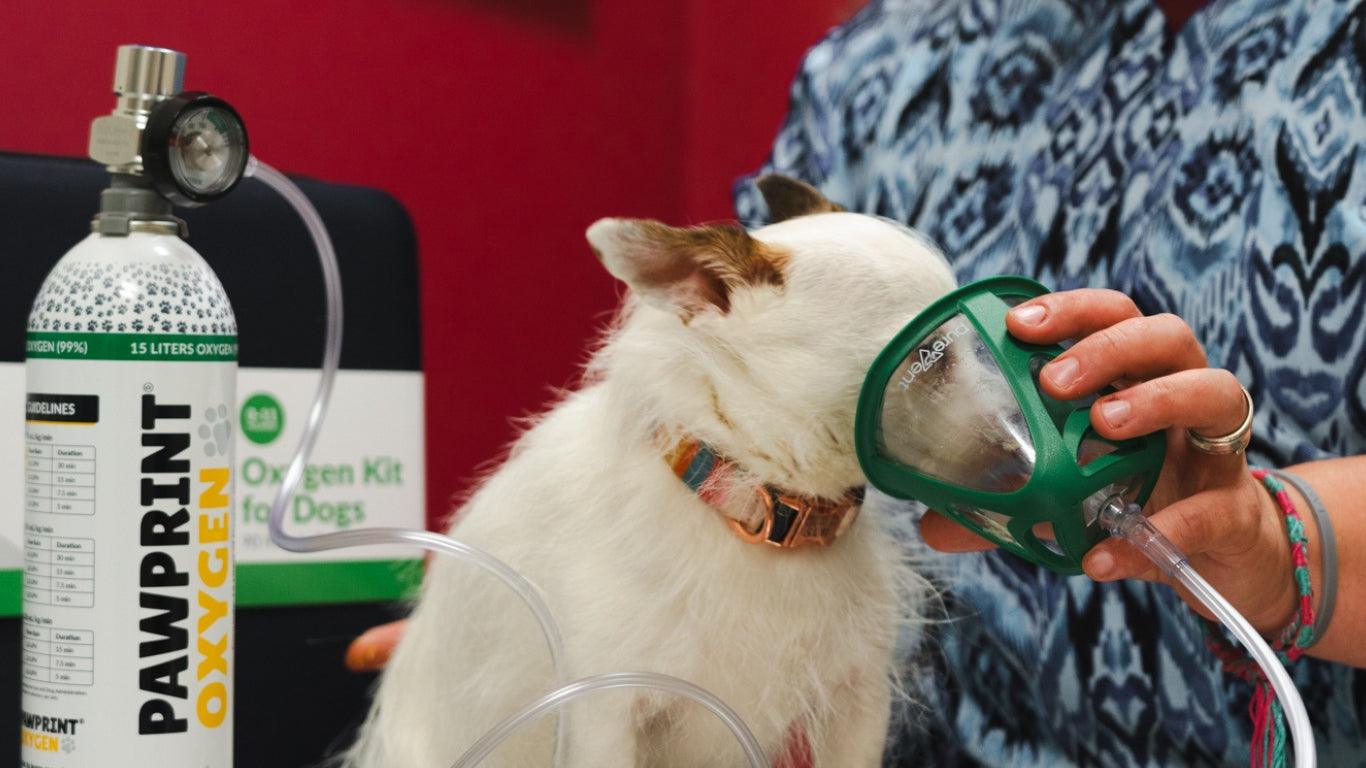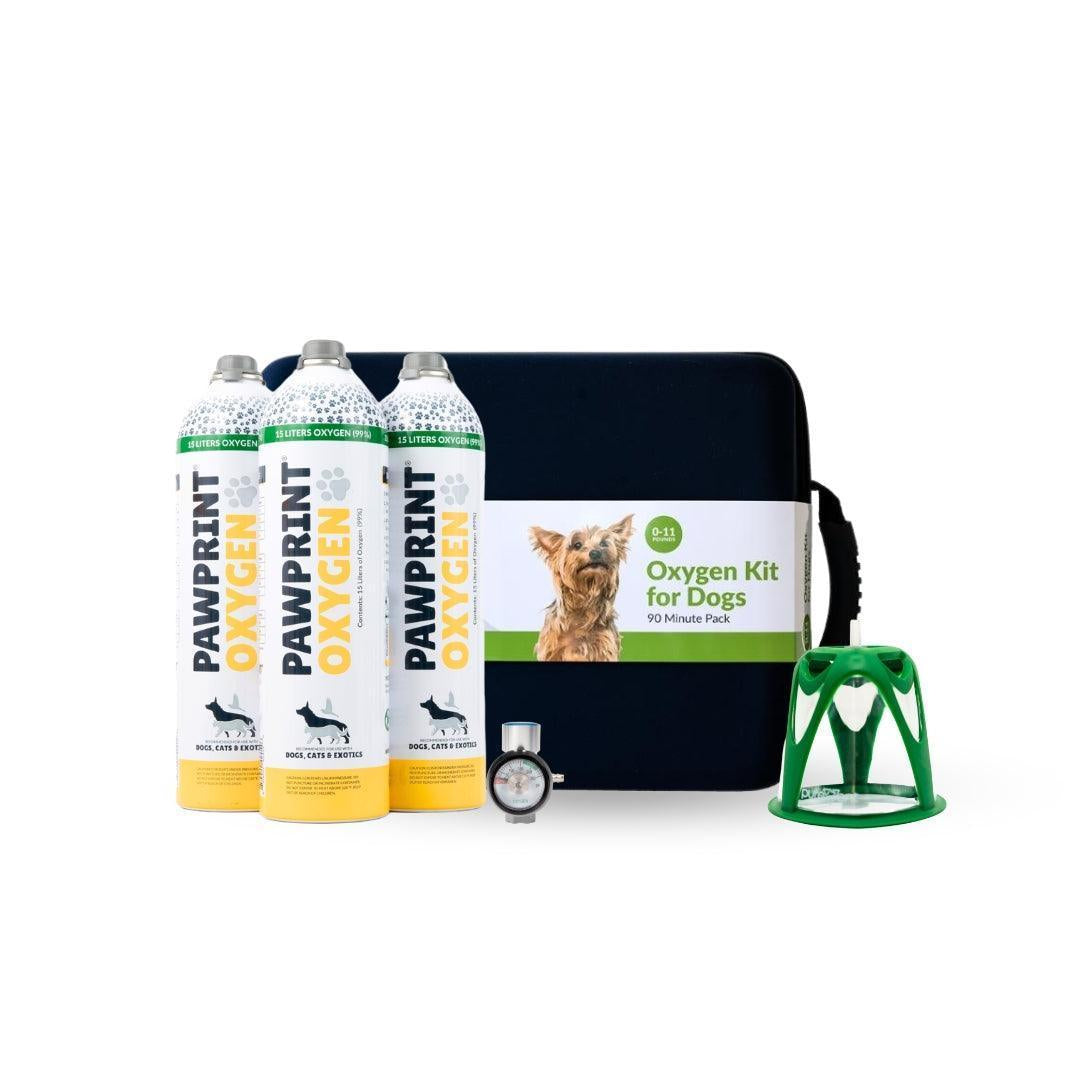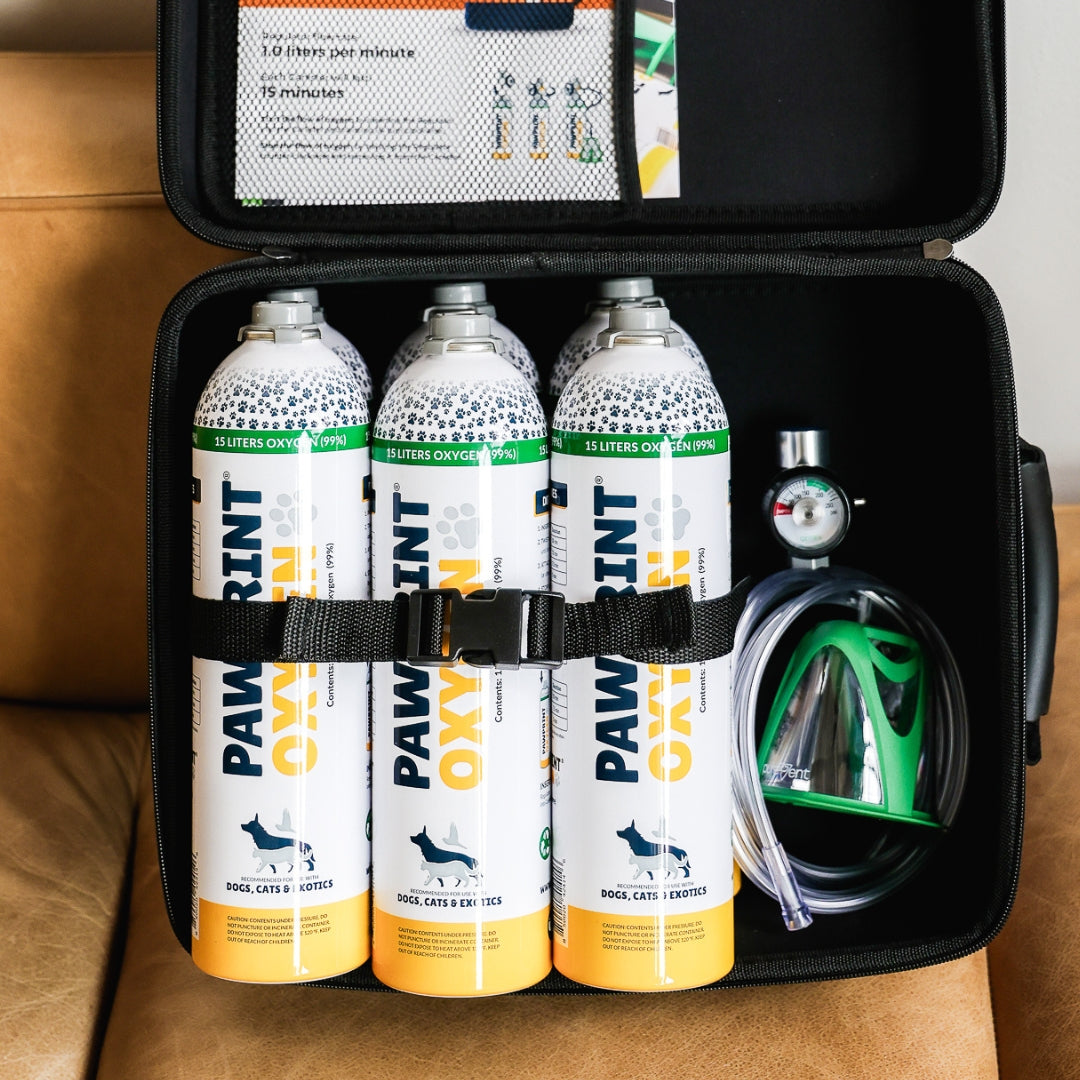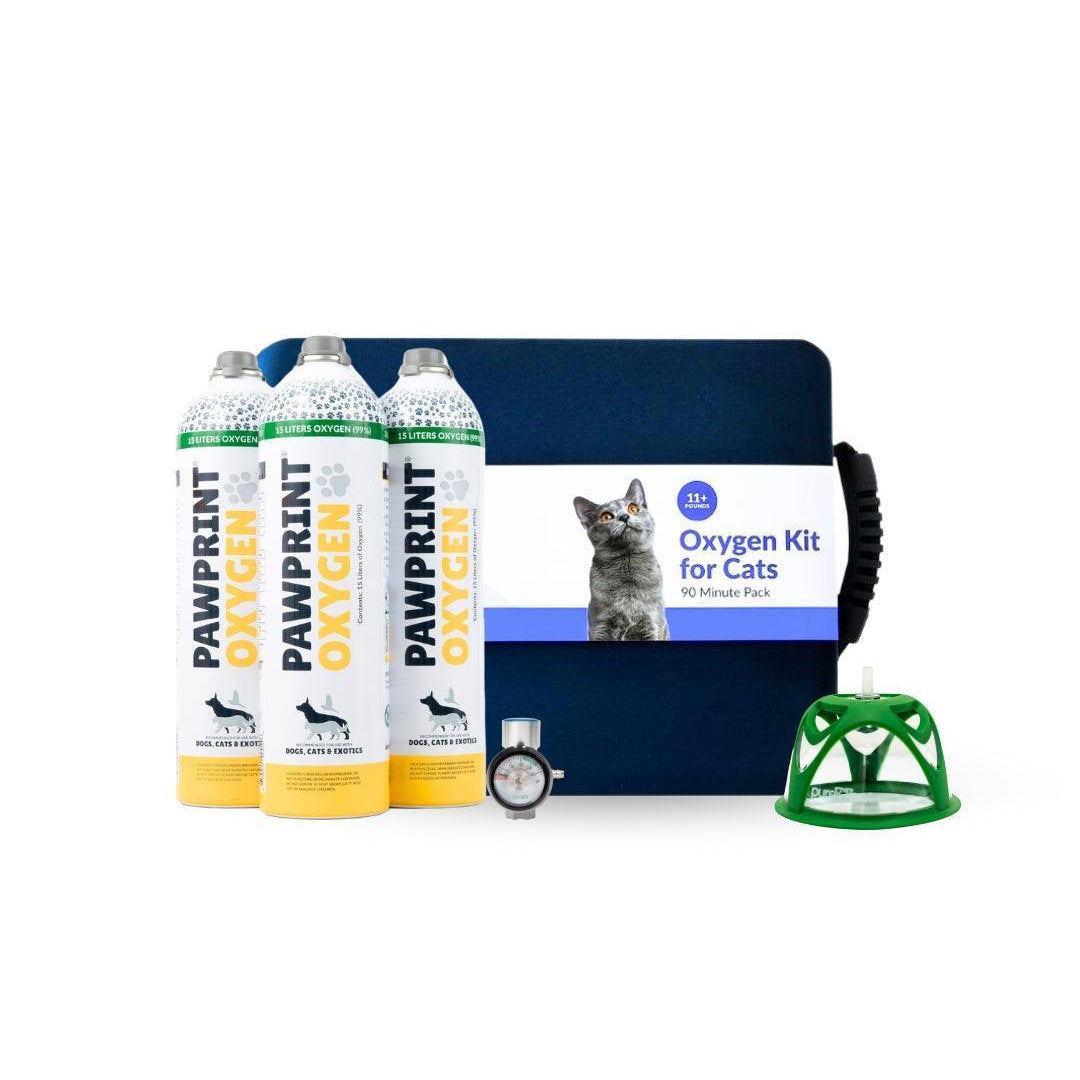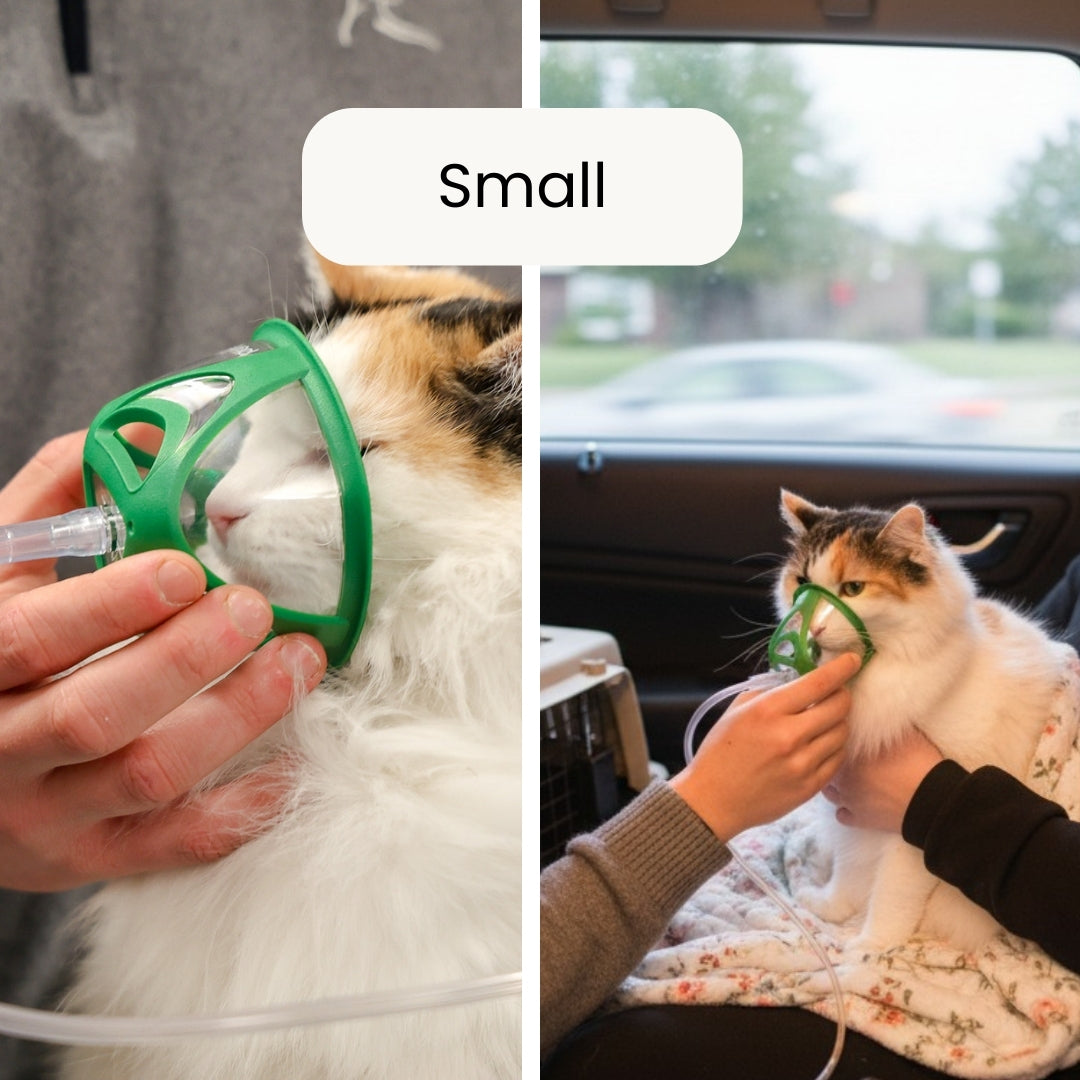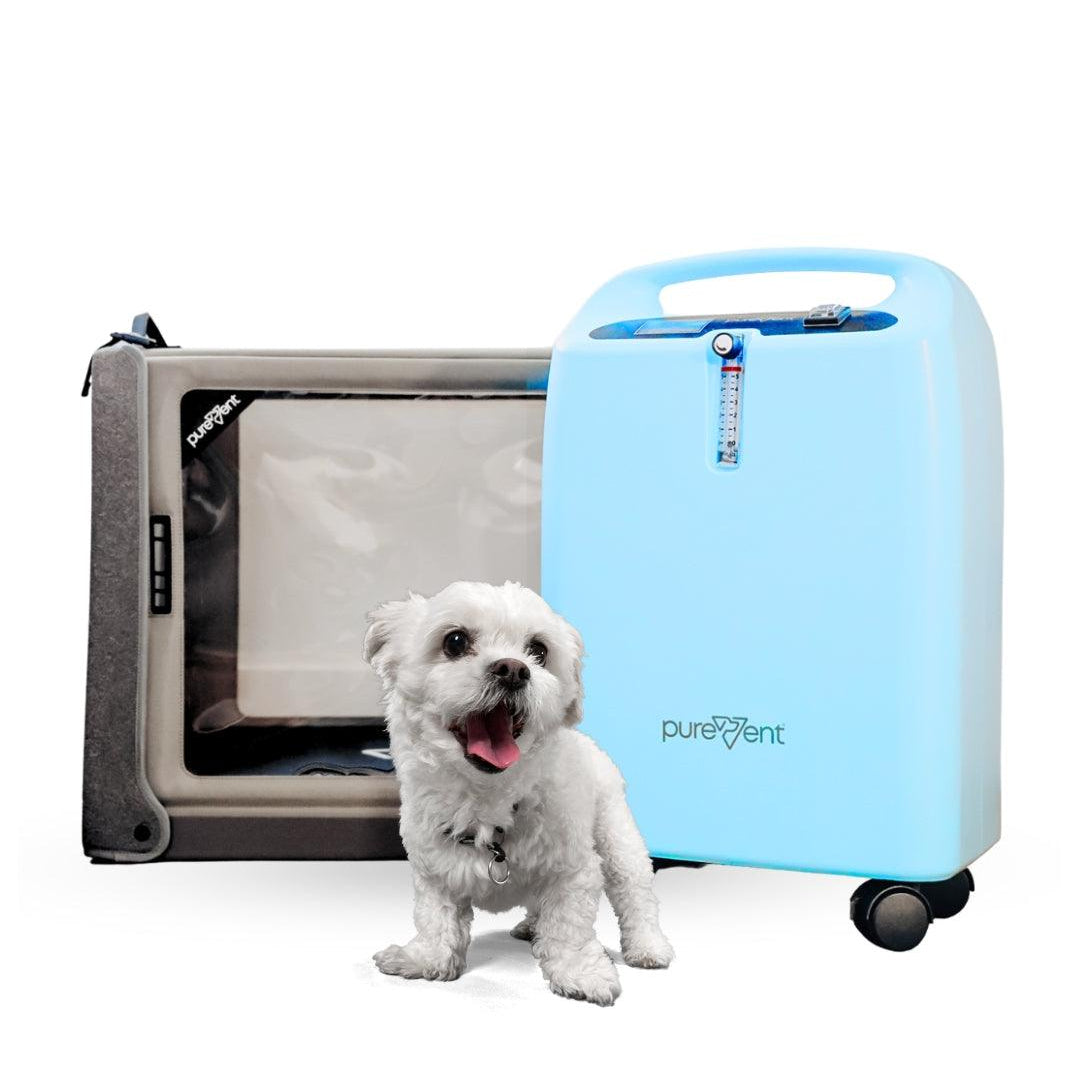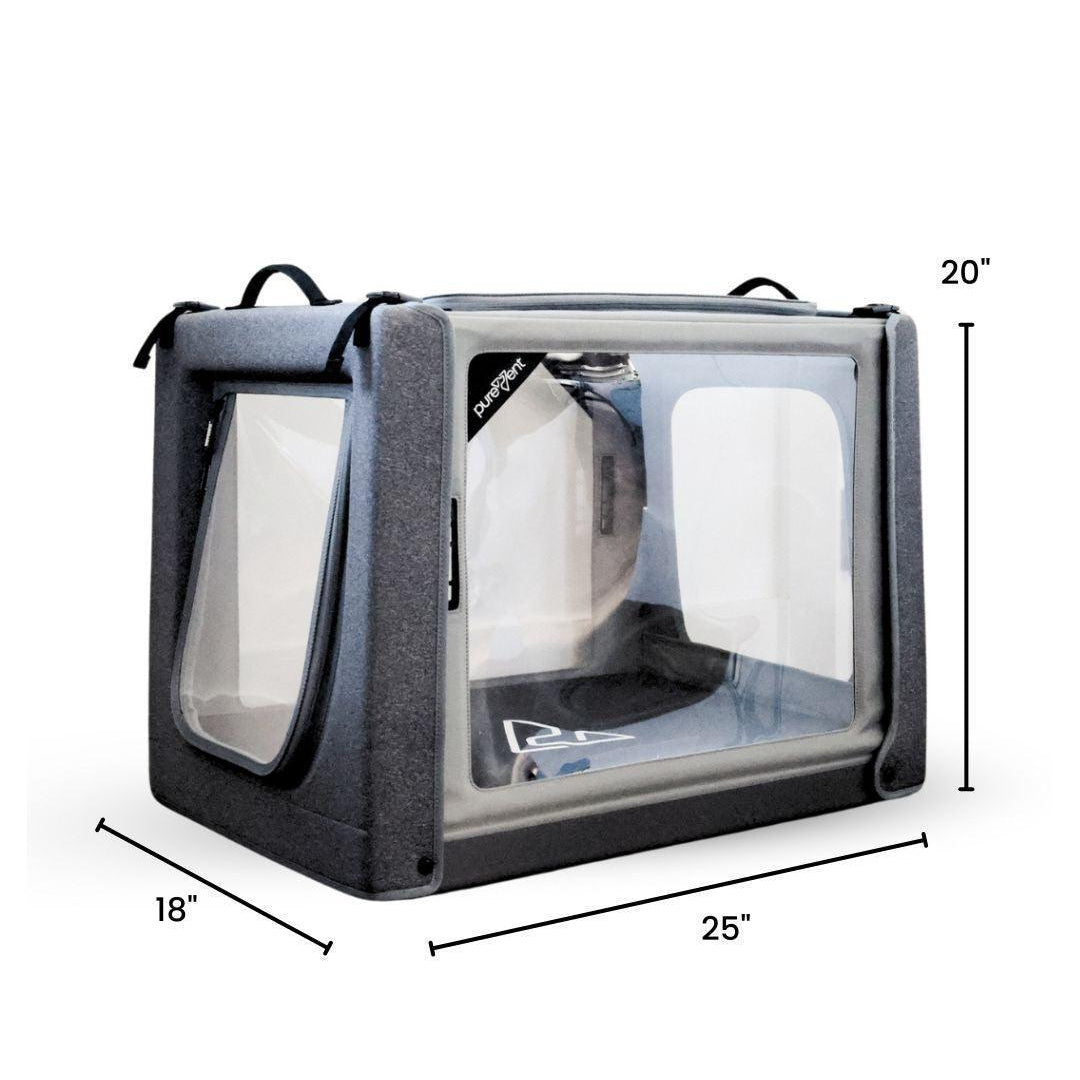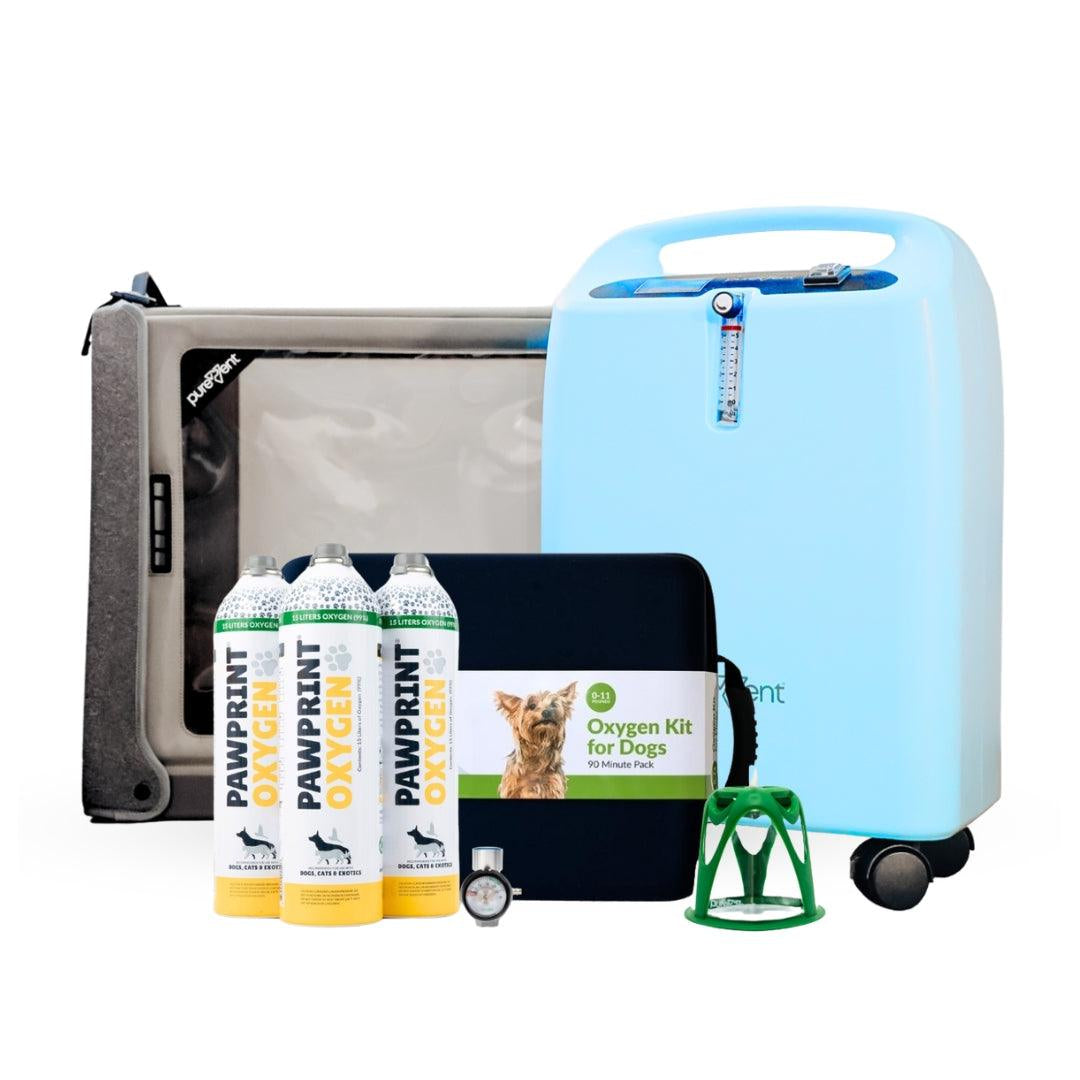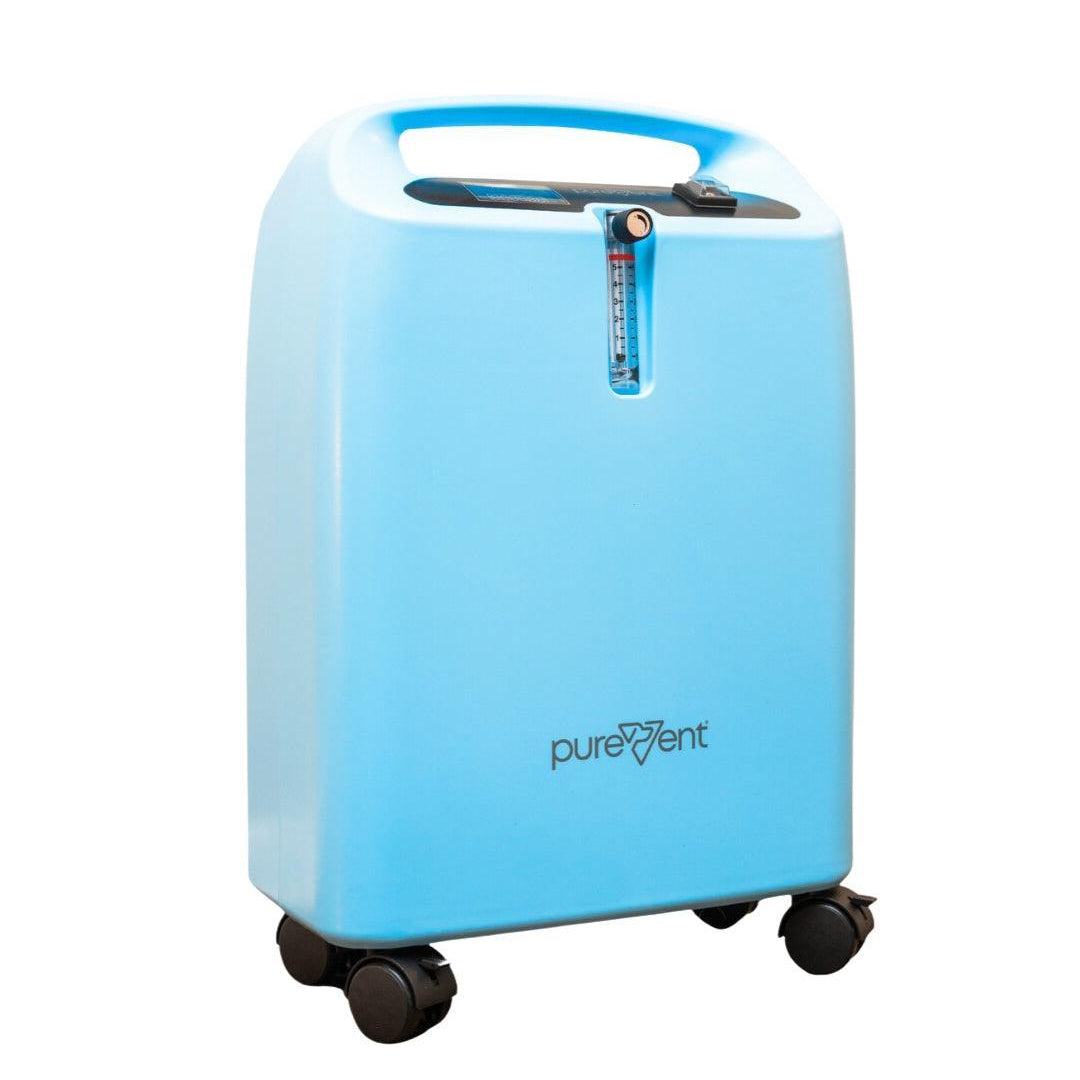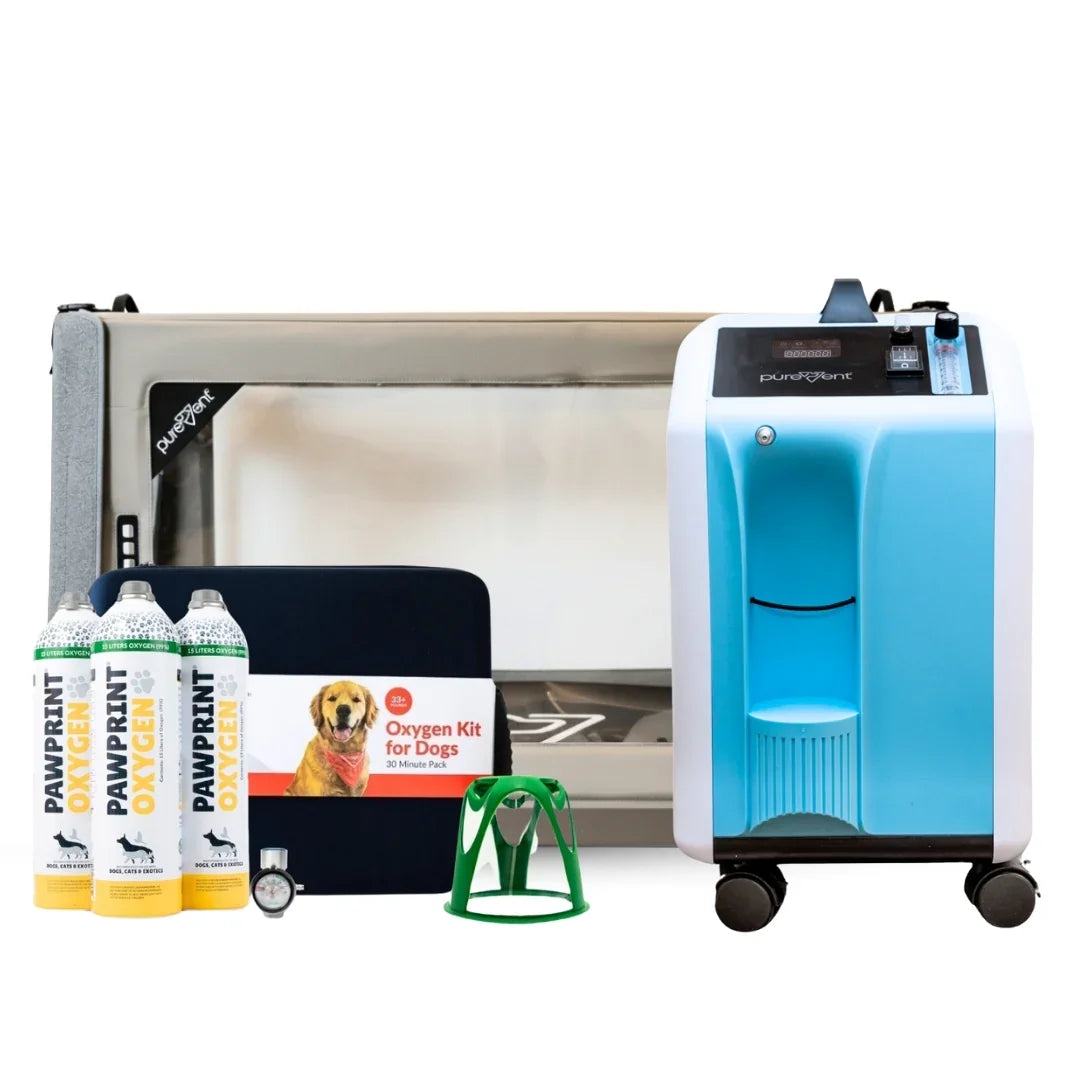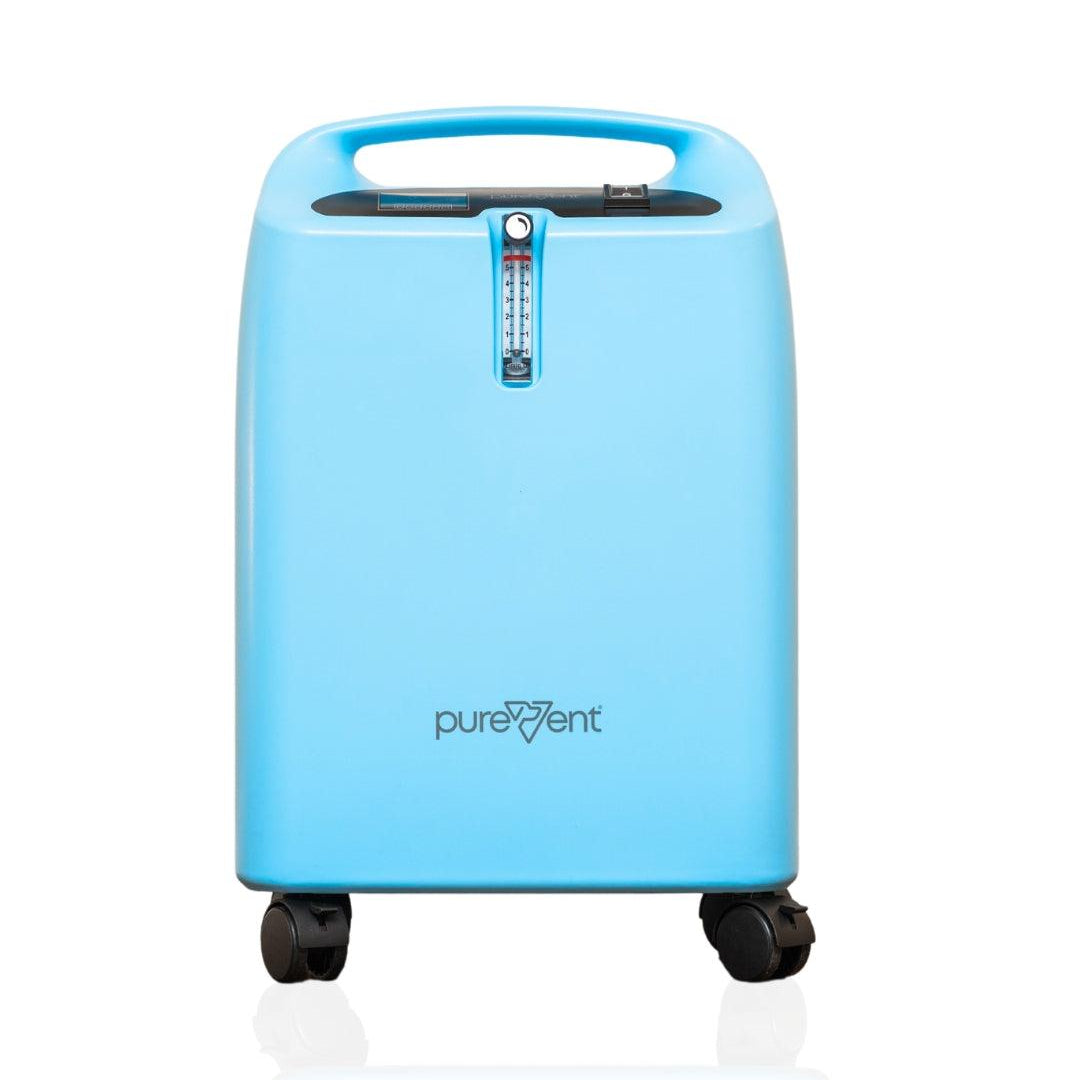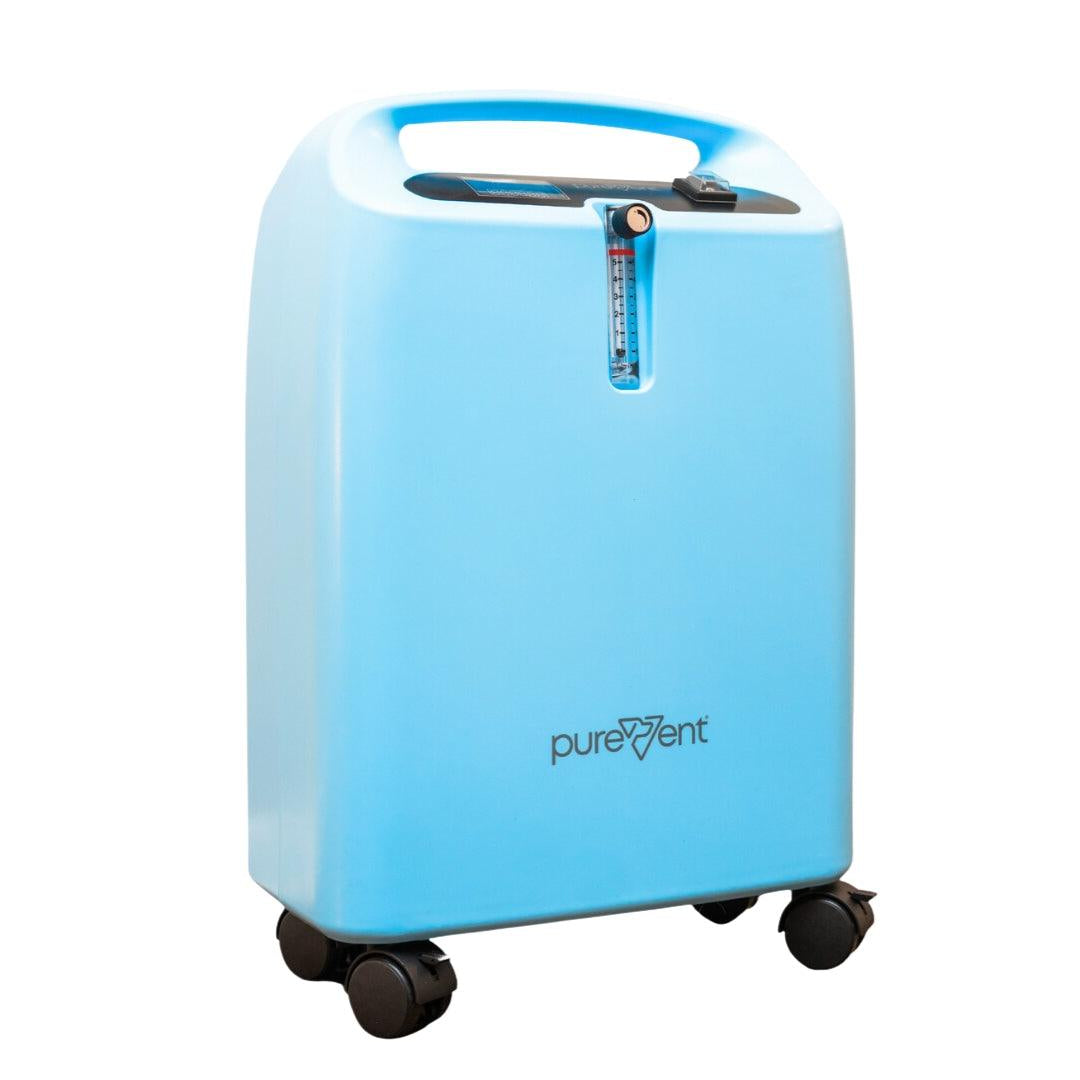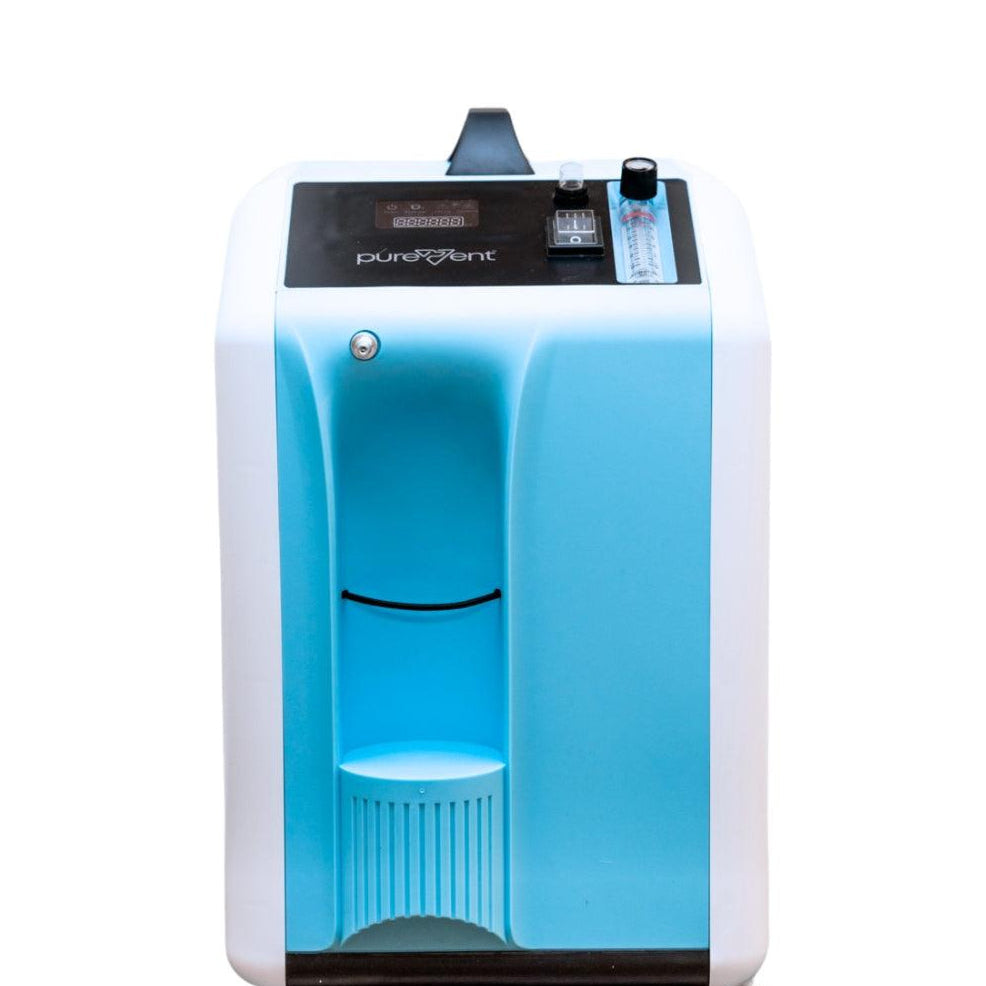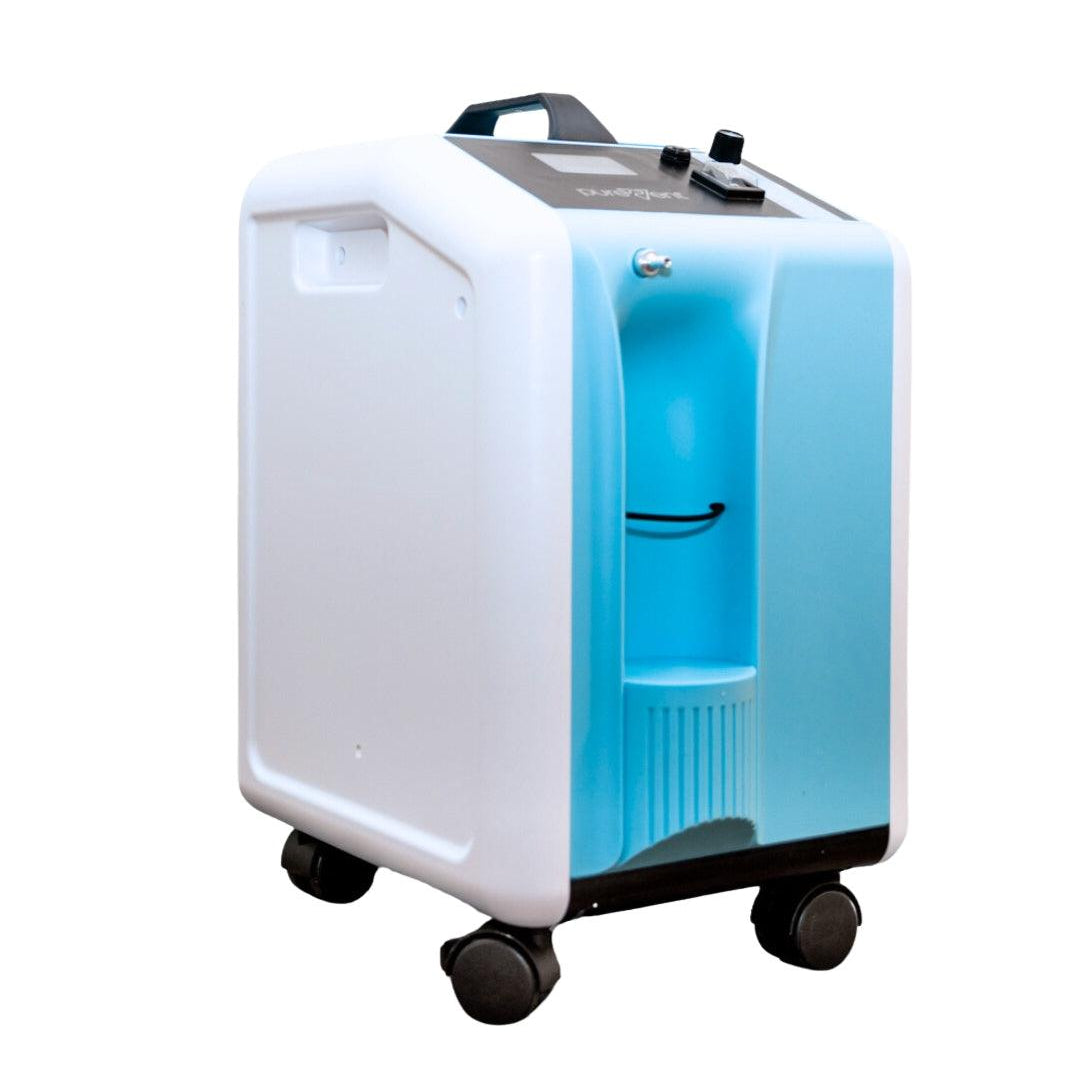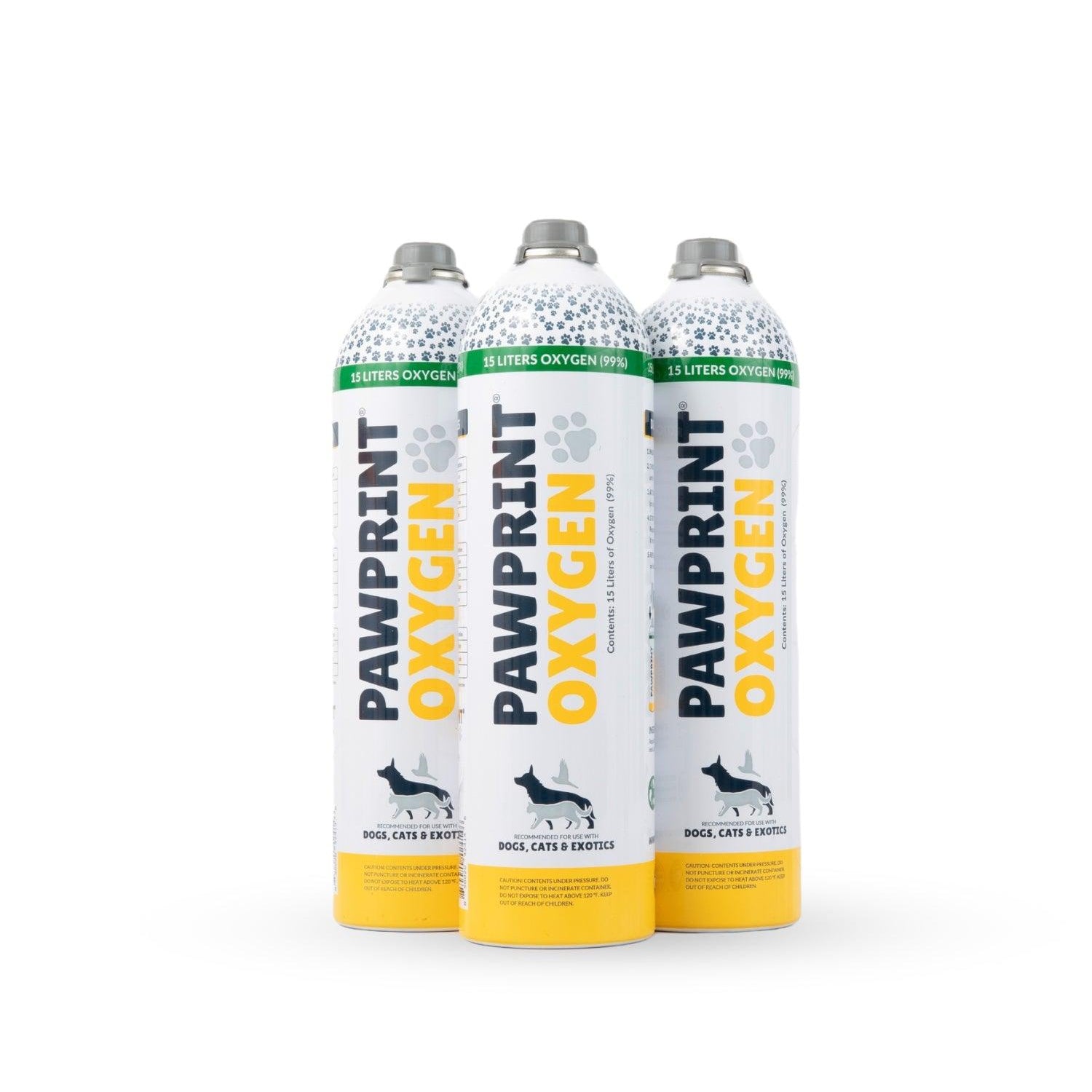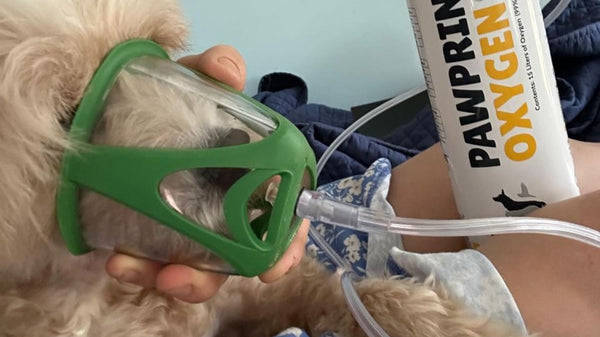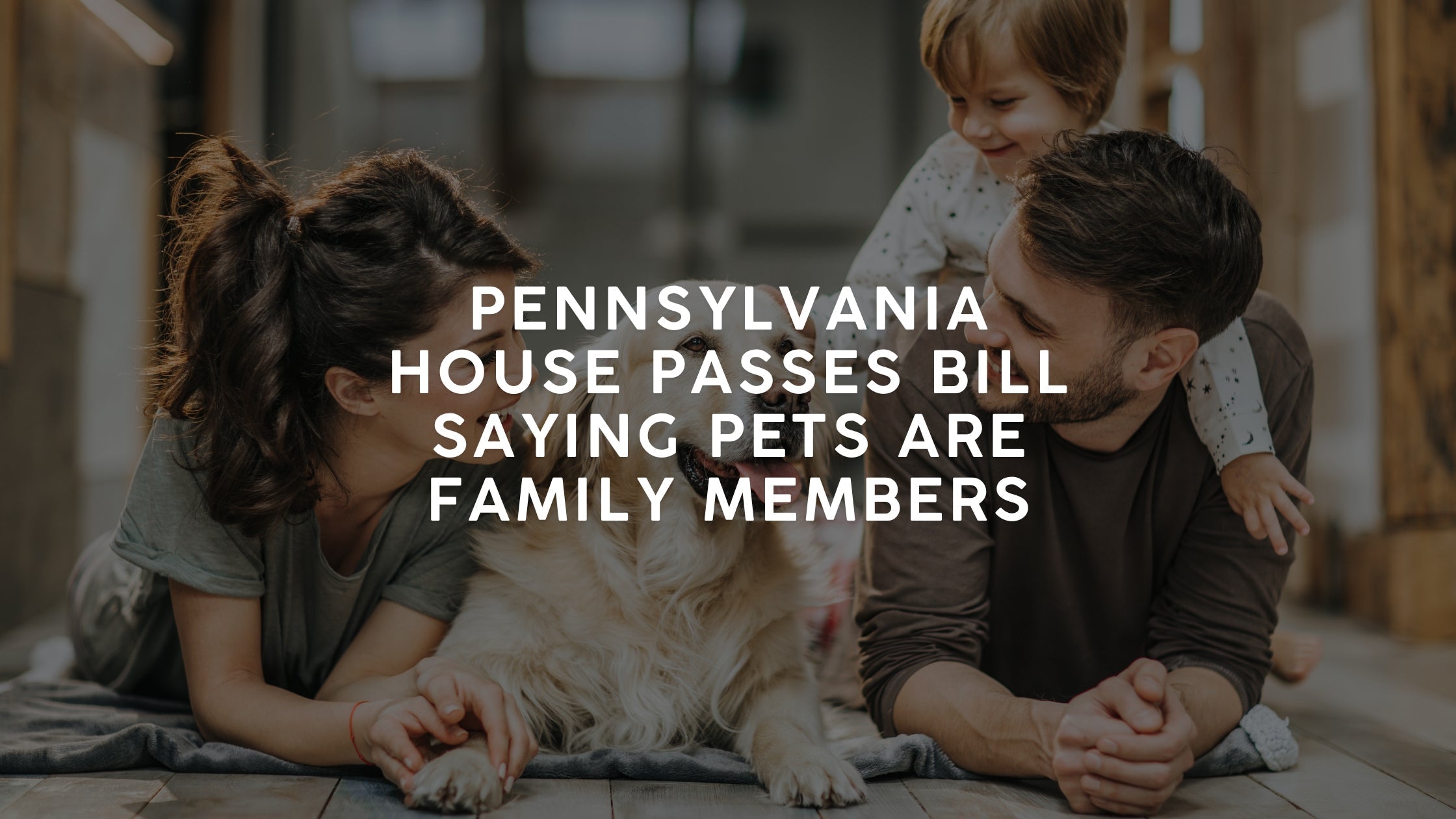What is Collapsing Trachea in Pets?
Collapsing trachea is a condition where the collagen rings that support the trachea are weakened, leading to the flattening or complete collapse of the trachea. The trachea allows air to pass from the lungs outwards, and where new air is brought into the lungs, so any restriction of the trachea can cause breathing difficulties. There is no known cause of tracheal collapse, but it is thought that many small dogs are genetically predisposed to it. Almost 65% of Yorkshire terriers will be diagnosed with the disease.
Table of Contents

Symptoms and Signs of Collapsing Trachea in Your Pet
Common symptoms of collapsing trachea include:
- Coughing (dry or “honking”)
- Difficulties breathing
- Vomiting
- Gagging
- Retching
- Cyanotic episodes (when the pet’s gums or tongue turn blue or purple)
- Wheezing
Activities like drinking water, exercise, excitement, barking, very cold or hot temperatures, obesity, pressure on the throat, pollutants in the air, and humidity can all play a factor in how serious the symptoms become.
Diagnosing Collapsing Trachea In Pets
Veterinarians must take into account many factors when diagnosing tracheal collapse, including the common symptoms. A variety of diagnostics are required - such as taking x-rays for the most accurate diagnosis; performing a tracheoscopy or bronchoscopy, which involves passing an endoscope through the throat and breathing passages respectively to view them; and doing a fluoroscopy - during which an injection may be given so that doctors may look at it on video.
Performing bloodwork, a urinalysis and testing for heartworm will help to determine a diagnosis, as tracheal collapse can also be concurrent with other conditions, such as heart disease, obesity, liver enlargement, dental problems, an elongated soft palate, and conditions of the larynx (voice box).
Are there any natural treatments that help with a collapsed trachea in dogs?
Yes, there are several natural treatments and home remedies that can help manage a collapsed trachea in dogs. While these remedies won’t cure the condition, they can help reduce symptoms like coughing, inflammation, and airway irritation. Here are some options:
1. Weight Management
- Why it helps: Extra weight puts more pressure on the trachea and worsens breathing difficulties.
- What to do: Keep your dog at a healthy weight with a balanced diet and portion control . Avoid high-calorie treats and opt for fresh vegetables like carrots or green beans.
2. Anti-Inflammatory Supplements
- Why it helps: Reducing inflammation in the trachea can ease breathing and lessen coughing.
- Natural options:
- Turmeric – Contains curcumin, a natural anti-inflammatory. Mix a small amount into your dog’s food.
- Omega-3 fatty acids – Found in fish oil, these help reduce inflammation in the airways.
3. Honey and Herbal Remedies
- Why it helps: Honey coats the throat and may help soothe irritation, reducing coughing.
- How to use:
- Give ½ to 1 teaspoon of raw honey up to three times daily.
- Look for honey-based herbal cough syrups with marshmallow root or slippery elm, both of which can ease throat irritation.
4. Humidifier or Steam Therapy
- Why it helps: Dry air can irritate the trachea and trigger coughing.
- What to do:
- Use a humidifier in your dog’s sleeping area.
- Let your dog sit in a steamy bathroom for a few minutes while you run a hot shower.
5. Avoid Triggers That Worsen Coughing
- Irritants to remove:
- Smoke (cigarette, fireplace, candles)
- Strong perfumes or air fresheners
- Household cleaners with strong fumes
6. Switching to a Harness
- Why it helps: Collars put pressure on the trachea and can make symptoms worse.
- What to do: Use a soft, padded harness instead of a collar to reduce throat strain.
7. Acupuncture and Chiropractic Care
- Why it helps: Some pet owners find that acupuncture or chiropractic adjustments improve airway function and reduce coughing.
- What to do: Seek out a licensed veterinary acupuncturist or chiropractor for guidance.
8. Oxygen Therapy at Home
- Why it helps: Providing supplemental oxygen can relieve respiratory distress during flare-ups.
- What to do: Consider portable oxygen canisters or an oxygen concentrator to have on hand for emergencies.
How can I prevent my dog from having a coughing fit from a collapsed trachea?
Preventing coughing fits in dogs with collapsed trachea requires a combination of lifestyle changes, environmental management, and supportive care . Here are some effective ways to minimize coughing episodes:
1. Minimize Tracheal Irritation
- Switch to a Harness: A collar puts pressure on the trachea and can trigger coughing. Use a soft, padded harness to reduce strain on the throat.
- Keep Your Dog Calm: Excitement or stress can lead to excessive barking or panting , which worsens coughing. Try to avoid situations that overstimulate your dog.
- Control Barking: If barking triggers coughing, use positive reinforcement training or a white noise machine to reduce triggers like outside noises.
2. Maintain a Healthy Weight
- Why it helps: Excess weight puts pressure on the trachea, making breathing harder.
- How to manage: Feed a balanced, portion-controlled diet and ensure light, low-impact exercise (like short walks).
3. Keep the Air Clean and Moisturized
- Use a Humidifier: Dry air can irritate the trachea, so keep a humidifier in your dog’s living space.
- Avoid Irritants:
- No smoke exposure (cigarette, fireplace, candles).
- No strong perfumes, air fresheners, or household cleaners.
4. Provide Natural Soothing Remedies
- Honey: A small amount of raw honey (½ to 1 teaspoon) up to 3 times daily can help soothe the throat.
- Herbal Support: Look for natural cough syrups containing marshmallow root or slippery elm to ease airway irritation.
5. Control Temperature and Exercise
- Avoid Hot, Humid Weather: Heat and humidity can make breathing more difficult. Walk your dog during cooler parts of the day.
- No Overexertion: Keep exercise light—short walks instead of high-intensity play.
6. Use Oxygen Therapy During Flare-Ups
- Why it helps: Extra oxygen can reduce the strain on the airways and help your dog breathe more easily.
- What to do: Keep portable oxygen canisters or an oxygen concentrator on hand for emergencies.
7. Medications and Veterinary Support
- Cough Suppressants: If coughing is severe, your vet may prescribe hydrocodone or butorphanol to reduce symptoms.
- Anti-Inflammatories: Steroids (prednisone) or natural options like turmeric can reduce swelling in the trachea.
By implementing these strategies, you can reduce the frequency and severity of coughing fits and improve your dog’s quality of life.
Can a collapsed trachea get better, or will it worsen over time?
A collapsed trachea is a progressive condition, meaning it does not fully heal on its own and can worsen over time if not properly managed. However, with the right treatment, lifestyle adjustments, and medical support , many dogs can maintain a good quality of life and experience fewer symptoms.
Will a Collapsed Trachea Get Better?
- The trachea itself cannot regenerate or return to normal once it has collapsed.
- However, symptoms can improve with proper management, medications, and environmental adjustments .
- Dogs with mild to moderate cases can live comfortably with weight control, cough suppressants, anti-inflammatories, oxygen therapy, and trigger avoidance .
Can It Get Worse Over Time?
- Yes, the condition can progress , especially in senior dogs or those with severe tracheal collapse .
- Repeated inflammation and coughing can weaken the tracheal rings further, making breathing more difficult over time.
- If left unmanaged, a collapsed trachea can lead to chronic respiratory distress, frequent infections, or secondary complications like heart disease .
How to Slow Progression and Improve Comfort
- Maintain a Healthy Weight: Reduces pressure on the trachea.
- Avoid Triggers: Keep your dog away from smoke, dust, and excessive barking.
- Use a Harness: Prevents additional strain on the trachea.
- Provide Oxygen Therapy as Needed: Helps during flare-ups.
- Consider Medications or Surgery (in Severe Cases): Your vet may recommend cough suppressants, bronchodilators, or even stent placement in advanced cases.
What’s the Long-Term Outlook?
- Many dogs with mild to moderate cases can live comfortably for years with proper management .
- Dogs with severe tracheal collapse may need intensive care, oxygen therapy, or surgical intervention to maintain quality of life.
There Are Four Levels of Severity in Collapsing Tracheas
Treatment for collapsing trachea varies depending on the severity of the collapse. For mild cases (grades 1 or 2) treatments aim to preserve the airway and keep the patients calm, so that episodes are mild and rare.

Grade 1
The lumen (the opening of the trachea) is reduced by 25%, but the cartilage is normal shaped (not flattened)
Grade 2
The lumen is reduced by 50%, and the cartilage is partially flattened
Grade 3
The lumen is reduced by 75%, and the cartilage is nearly flat
Grade 4
There is no lumen left, and the cartilage is completely flat.
Common Treatment Options for Collapsing Trachea
There are a number of medications and treatment options that are commonly prescribed by veterinarians for mild to moderate collapsing trachea. Which medications and treatments will be prescribed are based on your pet’s symptoms and the severity of the condition.
Some common medications that are prescribed for collapsing trachea are:
- Antibiotics (e.g., doxycycline, azithromycin)
- Cough suppressants (e.g., Hydrocodone bitartrate)
- Steroids (e.g., prednisone)
- Bronchodilators (e.g., theophylline)
- Sedatives (e.g., acepromazine)
- Supplemental oxygen (e.g., Pawprint Oxygen)
Prognosis of Collapsing Trachea
Tracheal collapse is a progressive disease - this means that, over time, the cartilage will continue to break down, causing patient's symptoms to worsen over time. Severe cases may require surgery for the insertion of a stent which keeps the airway open or to keep it from closing off entirely. Thankfully, there are some steps that can be taken in order to slow this disease's progression and maintain a good quality of life for your pet.
Preventing Collapsing Trachea in Your Pet
While there is no way to completely prevent or cure collapsing trachea in your pet, certain breeds are genetically predisposed to the disease. Knowing if your pet’s breed is susceptible to collapsing trachea may allow you to diagnose the disease earlier, take the appropriate measures to extend the life of your pet, and access medication from your veterinarian sooner, rather than waiting.
Collapsing trachea has a higher prevalence in small-breed and toy-breed dogs, including:
- Yorkshire terriers
- Pugs
- Shih tzu
- Chihuahuas
- Toy Poodles
- Pomeranians
Cats and large dogs can also suffer from collapsing trachea, but it is a more rare diagnosis in these groups.
Tracheal Collapse and the Importance of Supplemental Oxygen
Tracheal collapse episodes are commonly described as a "vicious cycle". Once a pet starts to bark or cough or breath heavier than normal, their already narrowed tracheal opening can become irritated and swollen, making breathing even more difficult. As the pet starts having trouble breathing, panic causes them to try to breath harder, which also causes irritation, and the lumen starts to become narrower due to swelling. If the episode continues, there is a chance that the trachea can collapse completely, creating an emergency situation.
During an episode of a dynamic obstruction (collapsing trachea), depending on the specific condition, medications such as sedatives or bronchodilators coupled with oxygen can break this vicious cycle, returning the pet to their normal breathing.
If medications and oxygen therapy do not resolve the episode then portable rescue oxygen can be continued during transport to a veterinary hospital where additional treatment can be provided for the collapsing trachea episode.
Maintaining a Good Quality of Life
We all want to maintain the best quality of life for our furry loved ones, no matter their age, breed, and health history. That’s why we schedule vet visits for them, update their vaccines, feed them healthy food, and give them ample love and playtime. Receiving a diagnosis of collapsing trachea is no exception to this, and pet parents have sought solutions to maintain a good quality of life for their pets, even in the face of this progressive disease.
The best way to help your pet feel better is to speak with your veterinarian and come up with a treatment plan that works best for your pet. Reducing stress in the home will also help, as excitement and barking can lead to a collapsing trachea episode.
The prognosis for a pet diagnosed with collapsing trachea is typically good, as long as the condition is identified early in the development of the disease and the treatment plan prescribed is followed by the pet owner. With these tools in hand, pet owners can ensure their pets live long and happy lives even after diagnosis.

